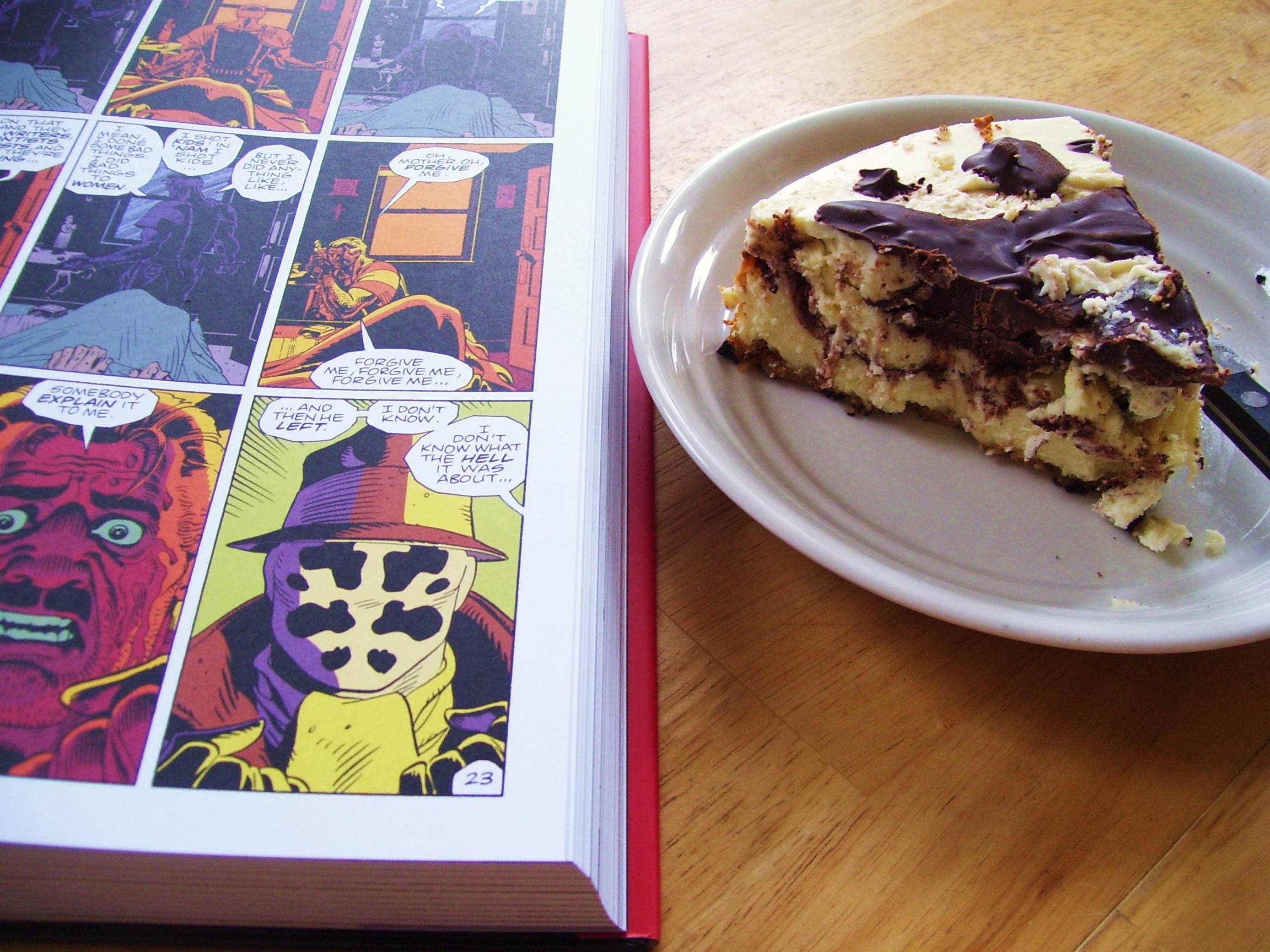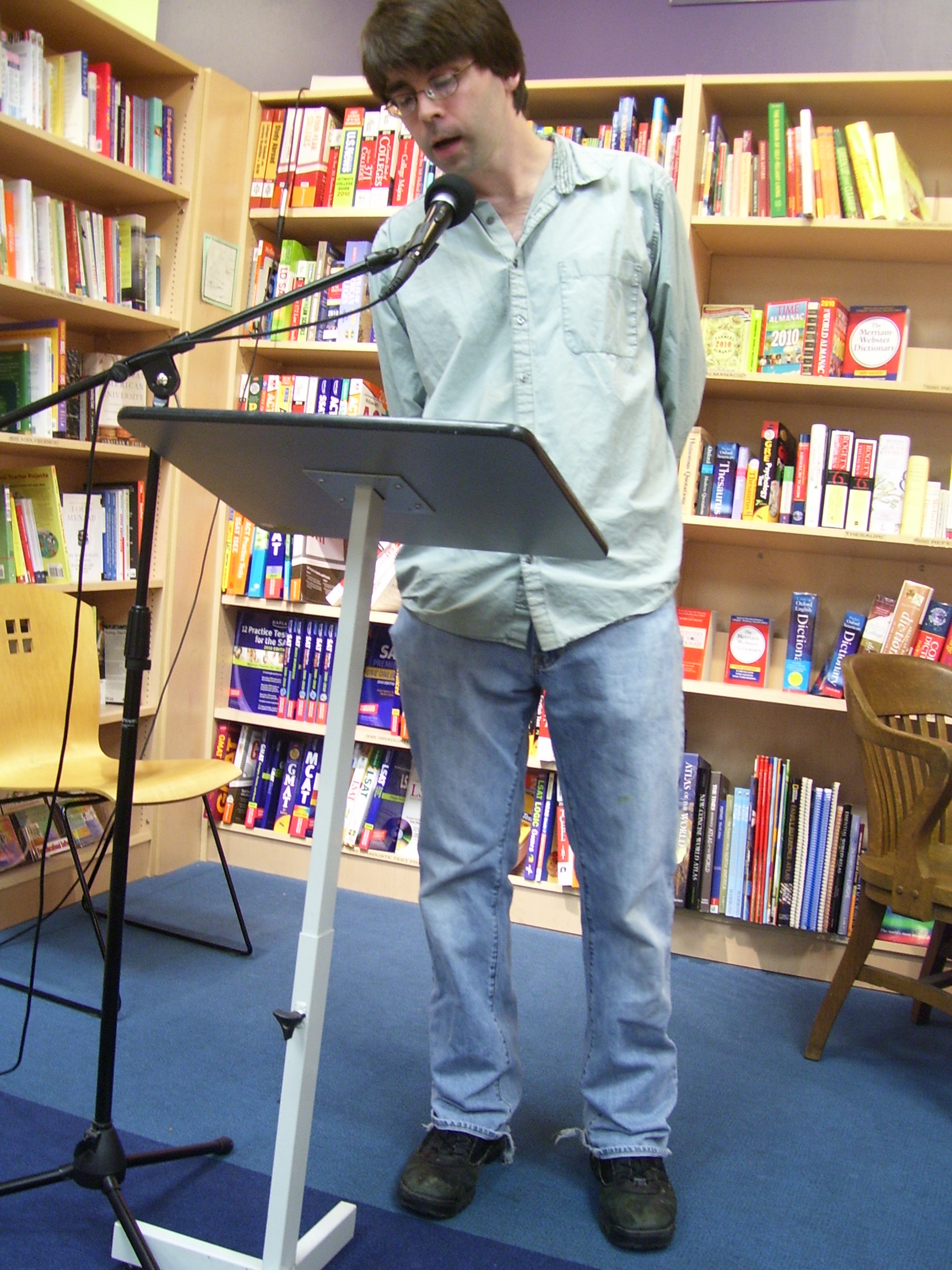Date read: 9.8.10
Read from: Clarkesworld Magazine
Reviewer: Kakaner
Every station must have its doctor.
The first doctor was a collection of wetware and delicate machinery designed to serve deep-space astronauts. He was built because human doctors were too expensive, doing little most of the time while demanding space and oxygen and food. The modern doctor was essential because three Martian missions had failed, proving that no amount of training and pills could keep the best astronaut sane, much less happy. My ancestor knew all of tricks expected of an honorable physician: He could sew up a knife wound, prescribe an antipsychotic, and pluck the radiation-induced cancer out of pilot’s brain. But his most vital skill came from smart fingers implanted in every heroic brain—little slivers armed with sensors and electricity. A doctor can synthesize medicines, but more important is the cultivation of happiness and positive attitudes essential to every astronaut’s day.
I am the same machine, tweaked and improved a thousand ways but deeply tied to the men and women who first walked on Mars.
This is the narrator, half-human half-robot. More of which? We never really know. “The Cull” blends a slice-of-life snapshot aboard a space station with a dark insight into the methodology and sustenance of this future humanity incubated from, but at the same time reeling towards destruction. Reed paints the combination of human emotions and bleak reality in firm, knowing strokes yet never steps out of his narrator’s character. I wouldn’t necessarily say there are many hidden levels to this story, but I love that there’s at least one that examines the human psyche in a desperate society as well as a machine’s inability to refuse its programming. I’d go as far as to say this is one of my favorite sci-fi short stories I’ve read in a while, largely because its simple and elegant deliverance leaves enough room for the tragic beauty of the world’s circumstance to shine through.


